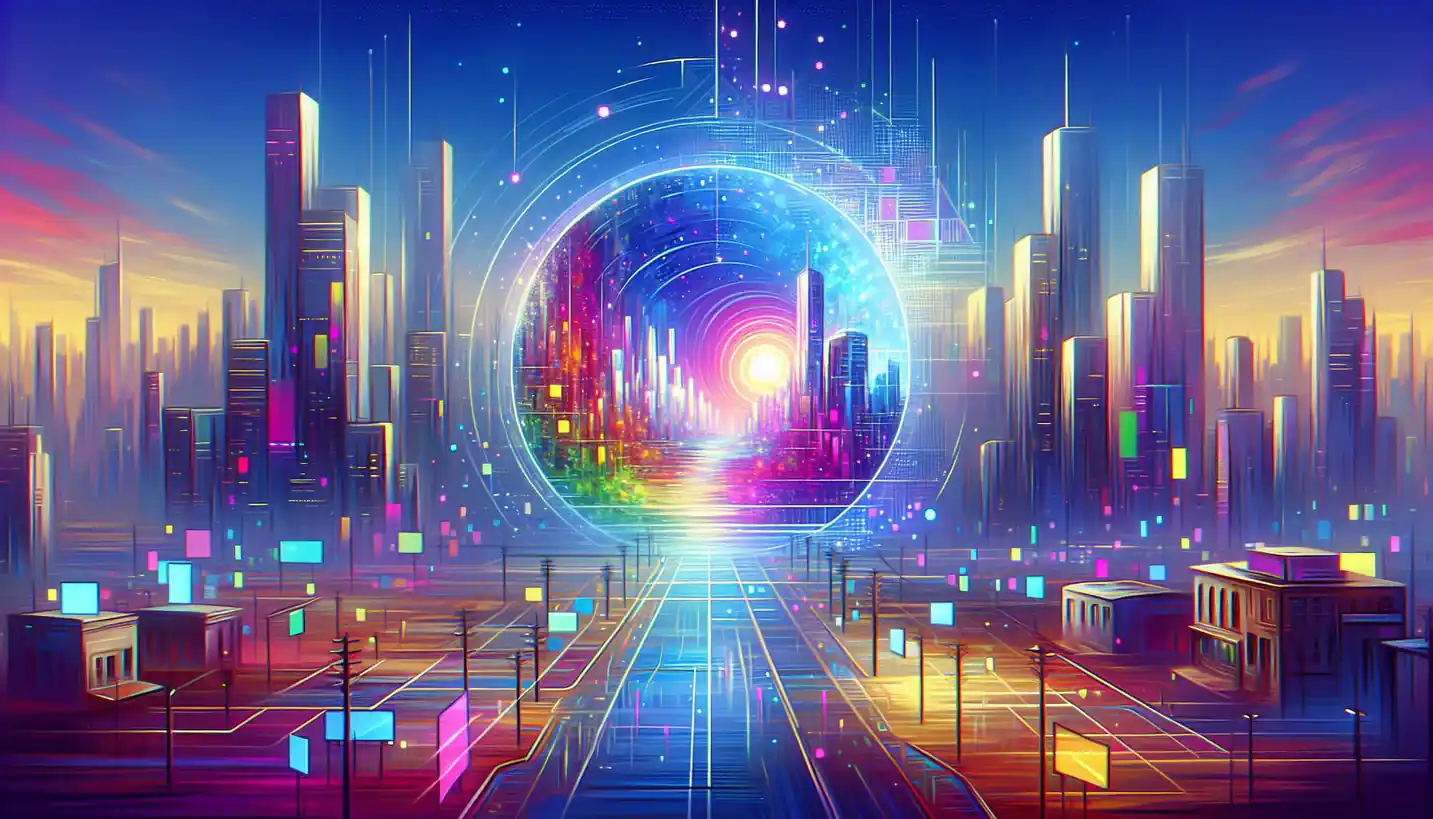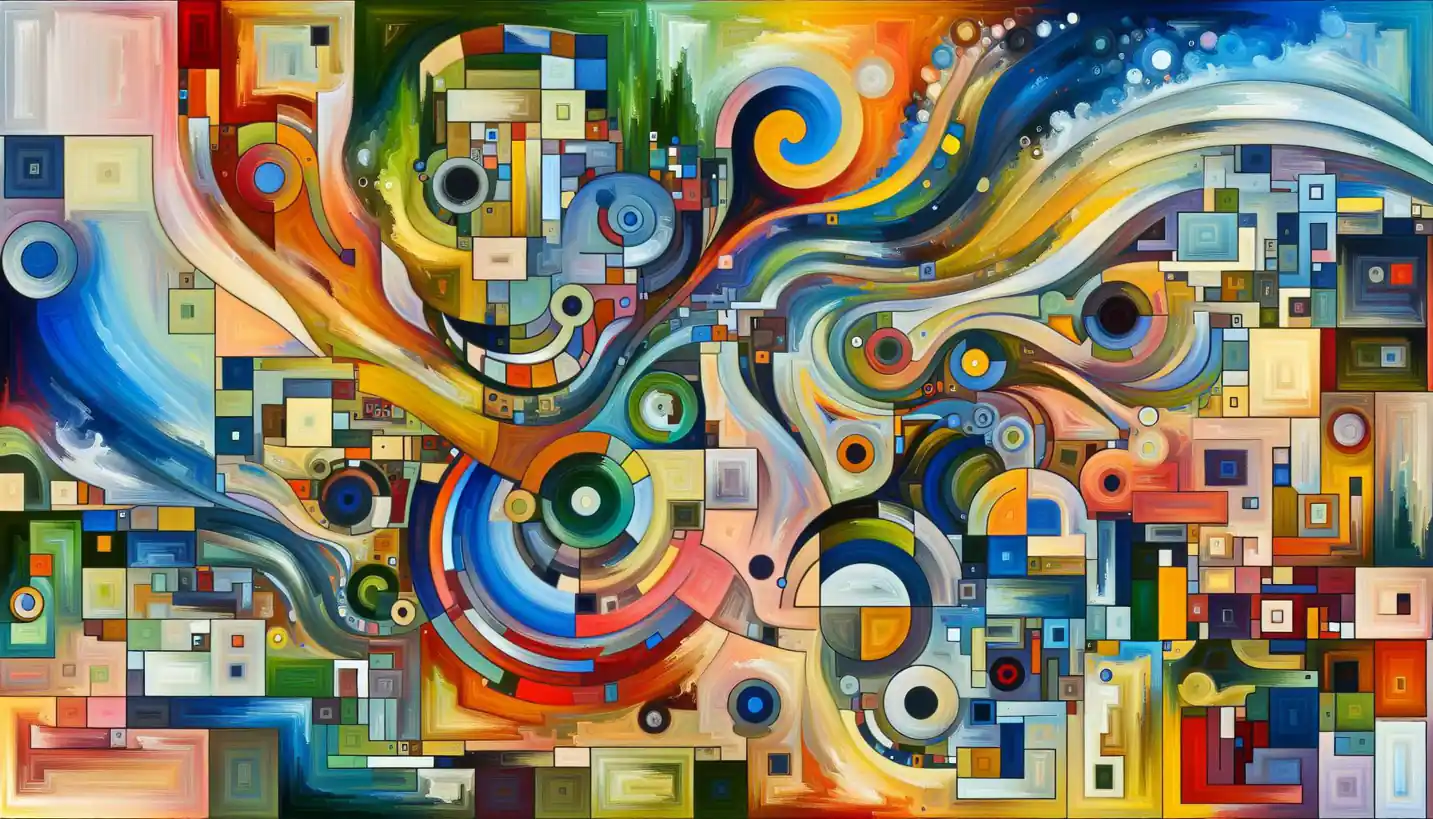· Art · 3 min read
Collagraph: Discovering the Art of Textured Printmaking
Collagraph offers a tactile printmaking journey, crafting textured art pieces with diverse materials.

Collagraph might sound like a fancy term from the world of printing, but it’s actually a wonderfully creative art form that combines texture and printmaking in a unique way. Let’s dive into what makes collagraph so special.
Collagraph is a printmaking technique where artists create a collage of materials on a printing plate. This plate is then used to make prints on paper. What sets collagraph apart is the artistic freedom it offers, allowing artists to experiment with textures and materials to produce something truly unique.
Imagine you’re an artist planning to create a collagraph. You might start by gathering materials like fabric, leaves, sandpaper, or even found objects like buttons or string. These items are glued onto a sturdy base like cardboard or wood, forming the “collage” aspect of collagraph. The goal is to create an interesting texture that will transfer onto paper when inked.
Once your plate is ready, it’s time to apply ink. Artists often use a roller to evenly cover their plate with vibrant colors. The choice of ink can dramatically change the final print. Some artists prefer using a single color to highlight the texture, while others go for multiple hues to add depth and interest.
After inking, the plate is pressed onto a damp piece of paper using a printing press or by hand. The pressure helps the paper pick up ink from the textured plate, bringing the artist’s vision to life. Each print is unique, as variations in inking and pressure can create different effects.
One of the joys of working with collagraph is the element of surprise. Since the process involves experimenting with textures and materials, artists often end up with unexpected and delightful results. This aspect of the art form invites a sense of play and curiosity, encouraging creators to keep exploring and pushing boundaries.
Besides being a fascinating technique, collagraph holds a special place in the art world for its accessibility. Artists from various backgrounds can try their hand at this form without needing expensive equipment or materials. It’s a testament to how art can be both inclusive and expressive.
So, what does the future hold for collagraph in the ever-evolving landscape of art? As artists continue to seek new ways to express themselves, the textured possibilities offered by collagraph are sure to remain enticing. There’s always room for innovation, whether by incorporating digital tools, exploring new materials, or combining collagraph with other art forms.
In an age where technology often dominates our creative processes, collagraph invites us back to the tactile joys of making something with our hands. It’s a celebration of textures, an exploration of materials, and, above all, a testament to the boundless nature of creative expression.



